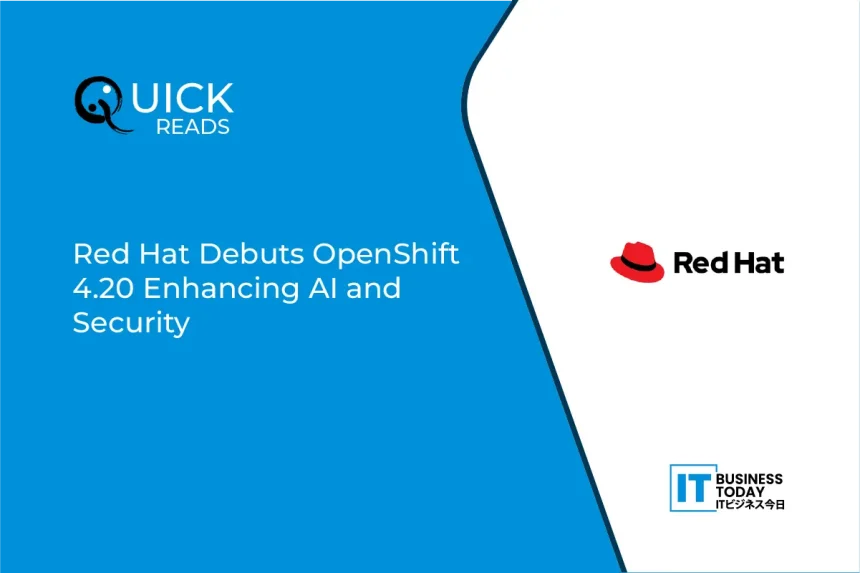Red Hat has pushed out OpenShift 4.20, and the focus is pretty obvious speed up AI workloads, harden the platform, and smooth out virtualization across data centers, clouds, and edge setups. The update is basically Red Hat saying AI is moving from experimentation to production and customers need the plumbing to keep up.
On the AI side, the new LeaderWorkerSet API helps teams run large distributed AI jobs without wrestling with manual orchestration. Image volume sources cut deployment times so new models drop into production in minutes instead of waiting for full container rebuilds. The whole package is built to reduce friction when scaling AI from pilot to production.
Security also gets a lift. Red Hat Advanced Cluster Security 4.9 is now generally available, along with upgrades to Trusted Artifact Signer and Trusted Profile Analyzer. The roadmap includes Zero Trust Workload Identity Manager in 2025 and BYOIDC for teams that want tighter control over identity. Service Mesh gets a sidecar less mode that trims resource overhead and simplifies policies and encryption.
Also Read: Wasabi unveils “Wasabi Fire,” AI-optimized NVMe storage
Virtualization picks up performance tweaks too. OpenShift Virtualization now supports CPU load aware balancing, adds Arm support, and extends to bare metal in Oracle Cloud. There is also a migration toolkit that speeds the move from old virtualization stacks to OpenShift without ripping apart storage setups. The whole release leans toward speed, control, and cleaner operations.







